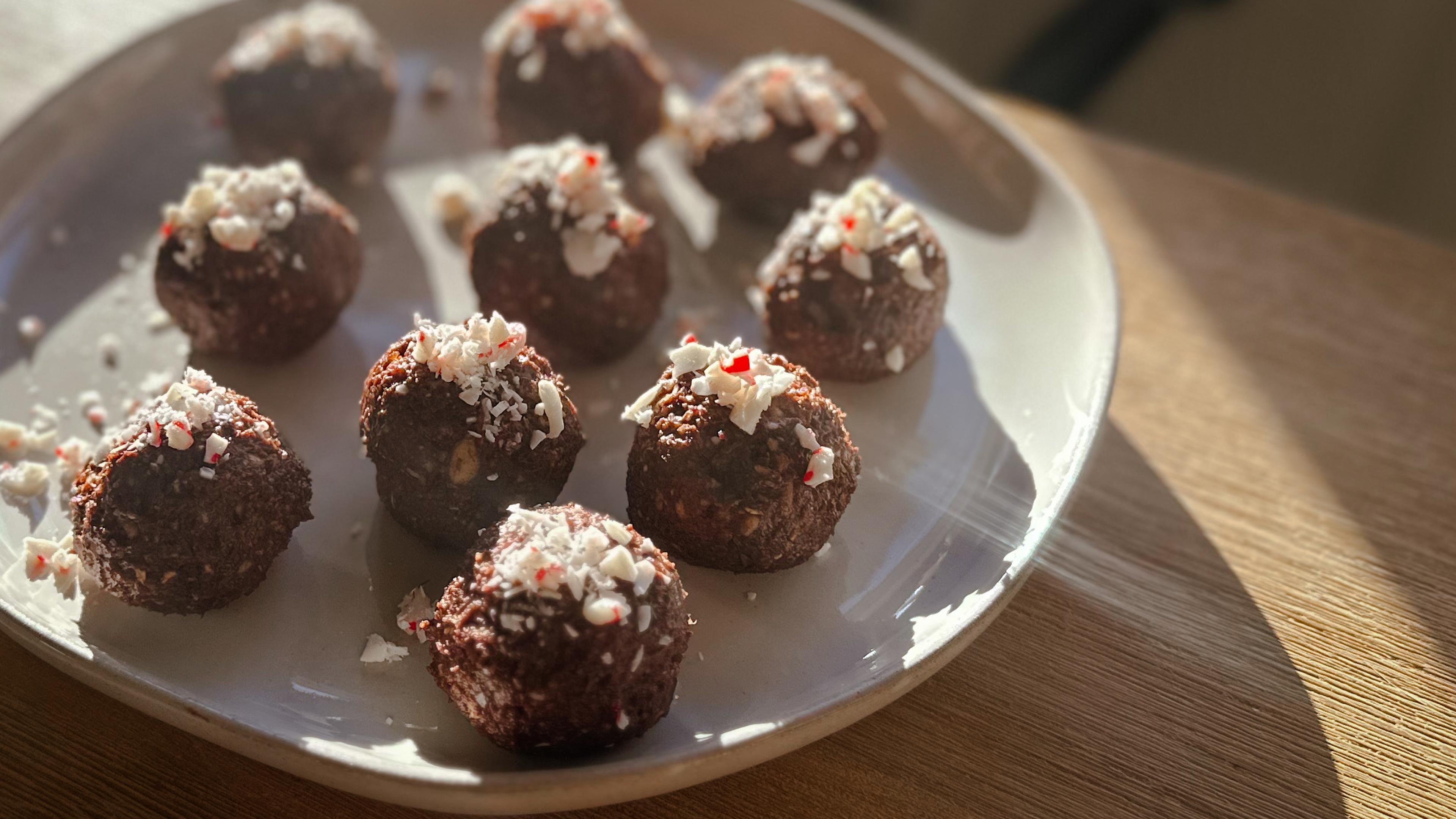What’s the Scoop on Frozen Desserts?

Allison Schmuecker
| 3 min read

What’s your favorite cold treat? Is it ice cream in a waffle cone, a cup of gelato or an icy sorbet? With so many options, it can be hard to choose. Each dessert is crafted with various ingredients, providing a different taste and nutritional value.
Here’s the scoop*:
Hard Serve Ice Cream: The average American eats about 23 pounds of ice cream a year. The popular treat consists of mostly milk, cream and sugar. However, there are dairy-free versions with coconut, soy, almond or cashew milk alternatives. Since ice cream is chilled at a lower temperature, it has a harder consistency, hence the term “hard serve ice cream.”
Nutrition Facts: ½ cup of Ice Cream (Vanilla) contains:
- Calories: 137
- Fat: 7.3g
- Carbohydrates: 16g
- Sugar: 14g
Soft Serve Ice Cream: Soft serve ice cream has more air, but less milkfat than hard served. It’s also made at a higher temperature, which creates a lighter texture. Soft serve is consumed at 21.2 degrees Fahrenheit, compared to 6 to 10 degrees for hard serve.
Nutrition Facts: ½ cup of Soft Serve (French Vanilla) contains:
- Calories: 191
- Fat: 11g
- Carbohydrates: 19g
- Sugar: 18g
Gelato: Better known as “Italian ice cream,” gelato has a silky and rich taste due to a slower churning process. It’s also made with more milk, less cream and little to no eggs. Please note: Although it’s lower in fat, gelato can still be high in sugar.
Nutrition Facts: ½ cup of Gelato (Vanilla Bean) contains:
- Calories: 204
- Fat: 9g
- Carbohydrates: 25g
- Sugar: 25g
Frozen Custard: Along with milk and sugar, custard’s signature ingredient is egg yolk. It employs a unique production technique, which focuses on constant churning with reduced air. It’s also served at a warmer temperature, creating a dense and smooth base.
Nutrition Facts: ½ cup of Custard contains:
- Calories: 147
- Fat: 6.5g
- Carbohydrates: 16g
- Sugar: 16g
Frozen Yogurt: Frozen yogurt is often billed as a healthier alternative to ice cream. By using yogurt cultures instead of cream, it’s much lower in fat. Yet, the inclusion of toppings such as candy, syrup, cookie dough and brownies can increase fat, calories and sugar content.
Nutrition Facts: ½ cup of Frozen Yogurt (Vanilla) contains:
- Calories: 114
- Fat: 4g
- Carbohydrates: 17g
- Sugar: 17g
Sorbet: Being one of the healthiest options, sorbet is dairy-free and is made from water, syrup and fruit juices. It’s low in calories and fat, but high in sugar due to the fruit.
Nutrition Facts: ½ cup of Sorbet contains:
- Calories: 92
- Fat: 0g
- Carbohydrates: 23.1g
- Sugar: 17g
Sherbet: Like sorbet, sherbet has a fruit-base and contains very little fat. A distinct difference is its inclusion of milk and eggs, which makes it creamier. Despite their addition, sherbet still has less calories than regular ice cream.
Nutrition Facts: ½ cup of Sherbet (Orange) contains:
- Calories: 107
- Fat: 1.5g
- Carbohydrates: 23g
- Sugar: 18g
Healthy Dessert Tips:
- Choose frozen treats with more protein, less sugar and fewer calories.
- Portions are key: Ask for the smallest bowl or cone.
- Swap sugary toppings with fresh fruit, nuts or raw honey.
What’s your favorite frozen dessert? Let us know in the comments.
Looking to indulge? Check out these posts:
*Provided are general nutrition facts. Check the nutrition label for each dessert you purchase to find the most accurate information.
Photo credit: krblokhin





